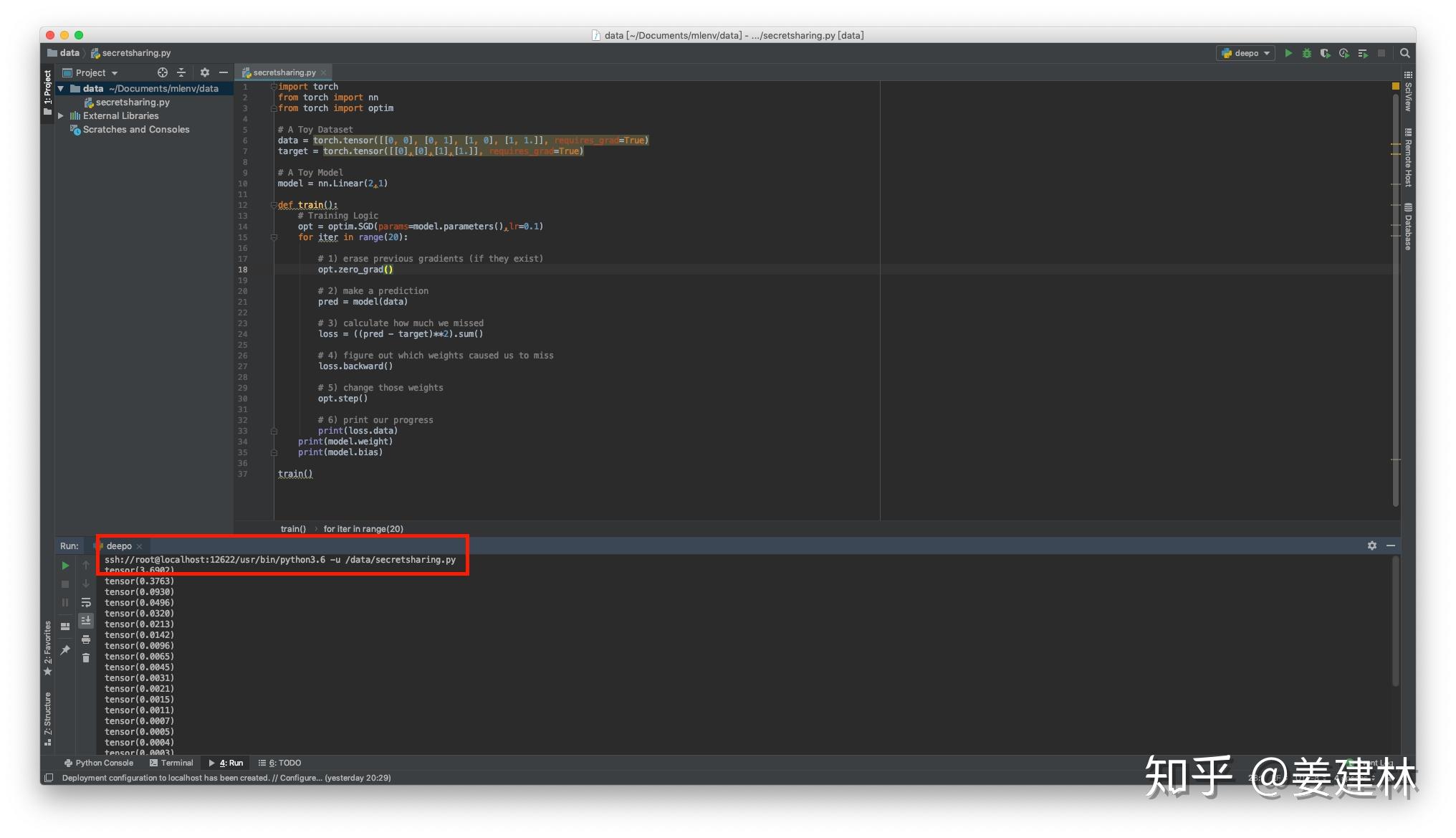

I assume you are on a Mac OSX with homebrew and docker 17.09 installed. You can find the files in my Github repo. Given these premises, I thought I would share my experience in putting everything together. It is an essential element in the toolbox of the proficient geo-analyst. GDAL (Geospatial Data Abstraction Library) is a translator library for raster and vector geospatial data formats.
#Docker for mac pycharm install
If you want it in a virtual environment, a way to go is to install it in the system’s Pyhton (2.7 or 3.5+) and create a virtual environment by copying the system packages with virtualenv -systam-site-packages. It can be quite a headache to install and pretty much impossible to do so in a virtual environment.ĮDIT: graph-tool is now on homebrew and this makes life easier. Graph-tool comes as a Python package, but is more like a Python wrapper for a C library. Finally, cross-building can be done in the opposite direction, that is, container images for ARM-based systems can be prepared on x86 machines, and you can create multi-platform images as well.Part of my solutions are based on his tutorial and I suggest you read it first before continuing, especially if you are not familiar with Docker. Petclinic Spring Boot application, which was used as an example in this article, starts up pretty quickly (in 3-5 seconds) on M1 Macs when using system Java or Docker. The performance of native JVM is better than x86 emulation you can read about this in a separate blogpost. Some errors still occur when Docker performs normal operations, but these errors are really rare.

So, of course, you cannot only clone and build your application, but develop it as usual. IntelliJ IDEA with native support for M1 has been available since the end of 2020. ConclusionĪ few more topics worth touching on are development, stability, and speed. This new image is based on Alpine Linux and the Liberica JDK for x86, and can finally be deployed on x86_64 instances for testing or production. % docker buildx build -platform linux/amd64 \ -f. Then download Maven or use Maven Wrapper (mvnw) to build the project, and run it as usual to check the build result: dmg, the binaries are notarized and the installer is simple and friendly. No need for Rosetta 2 at this step (read more here), just go and download native JDK 11 assembly for macOS ARM 64 bit. As you clone the sources it is really easy to build and run a jar file. So how would we build, run, and package some typical applications? For instance, I took the Spring Petclinic sample project. Moreover, we will not focus on the application code, but on what is needed for assembly and packaging. In my opinion, the answer is yes, but you need to check your toolbox. Many are worried whether or not they will be able to continue developing with the latest hardware. They became friends not so long ago, and now we use the JDK in Docker as one of the main combinations of tools for everyday tasks. Containerization and JVM are good examples of such technologies. The real challenge is to roll out programs that use low-level knowledge of the operating system and processor.
#Docker for mac pycharm software
There are still many jokes about some software that is lacking from the platform. As you know Apple has begun the transition from Intel x86_64 processors to ARM64-based Apple silicon chips in Mac computers.


 0 kommentar(er)
0 kommentar(er)
